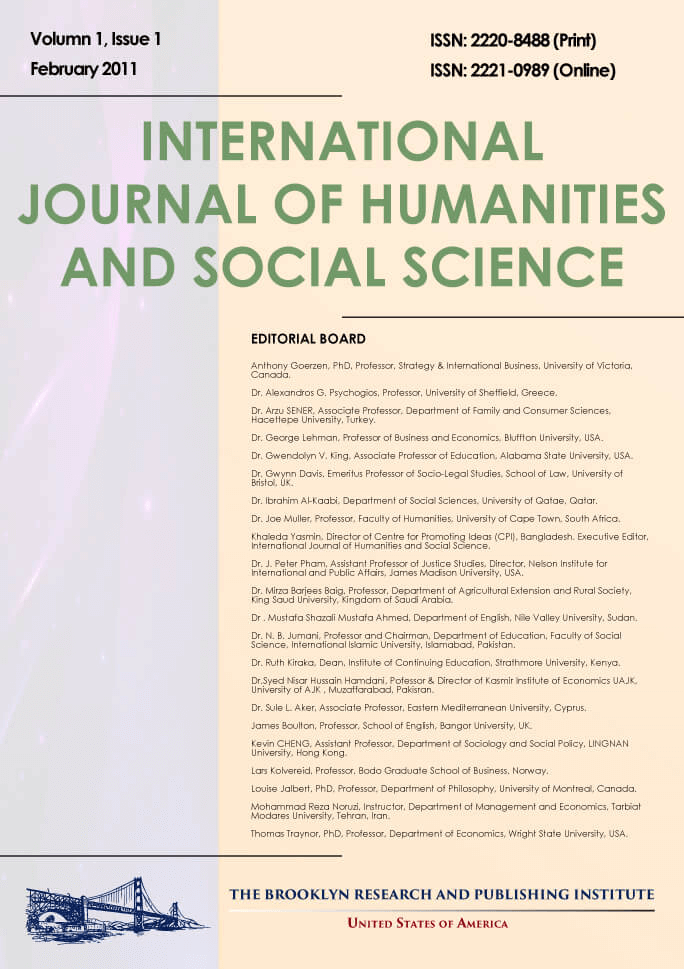Xinjiang in Postwar China’s Frontier Politics, 1945-1949: A Reassessment
Abstract This study will demonstrate that, as early as the end of the Sino-Japanese war in summer 1945, both Han and non-Han Chinese bureaucrats who dominated China’s northwest were already undertaking political activities of their own, relatively independently of intervention by the Nationalist central government. In other words, during the initial stages of the postwar interregnum, an ostensibly “KMT-ruled” Xinjiang province was behaving not unlike other Chinese ethnic frontier regions, such as Outer Mongolia and Tibet. The Nationalist leaders in the northwest borderlands, like their Tibetan and Mongolian counterparts, appeared to be following their own independent policy line, a line that might eventually have led them away from the political, diplomatic and military orbit of metropolitan Nationalist China. Postwar China’s Central Asian political landscape was thus more intriguing and complicated than one might imagine.Email: [email protected] Dr. Muhammad Aslam, Government Ghazali College and Post Graduate Center Latifabad No:11, Hyderabad, College Education Department, Government of Sindh, Pakistan; Phone: +92 333 750 2178.
Email: [email protected]
[email protected]
Note: Citation statistics will only be available once the article is indexed in Google Scholar.



